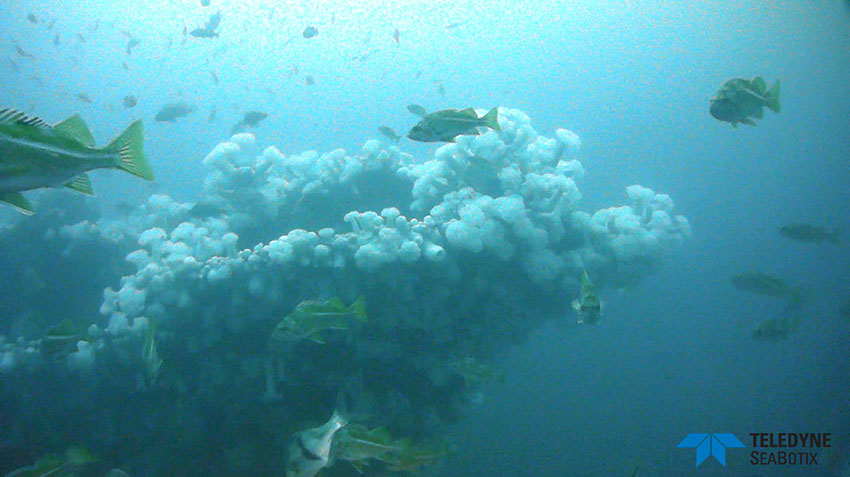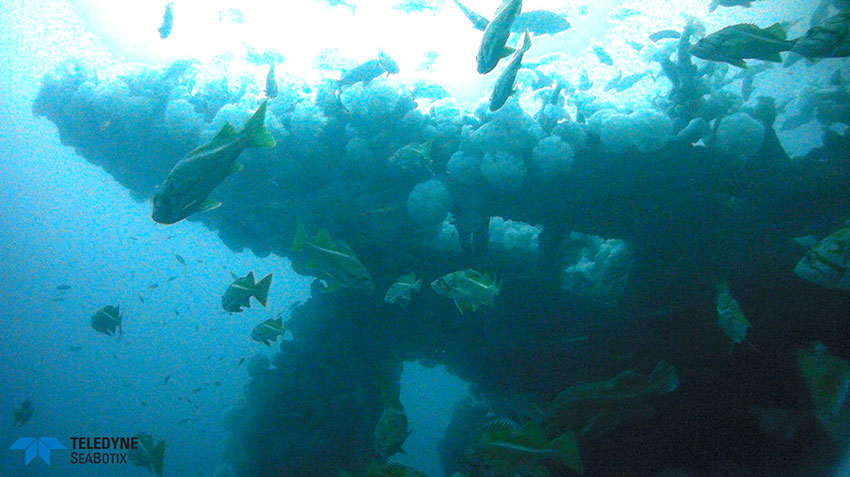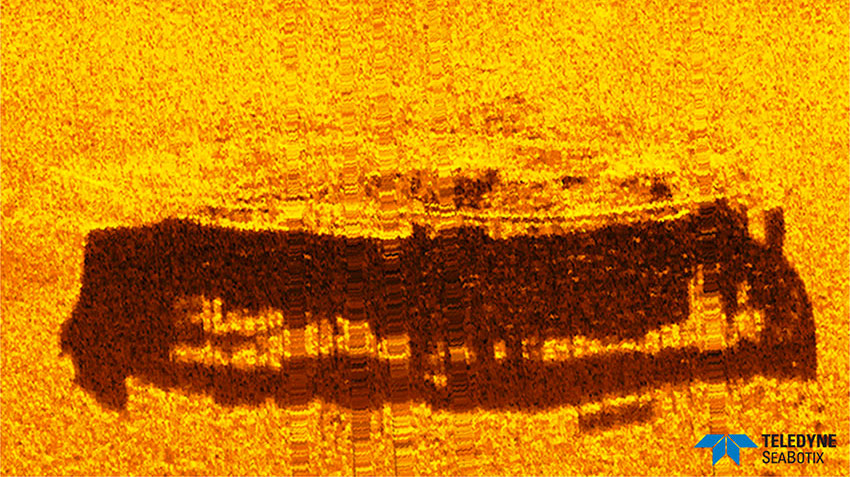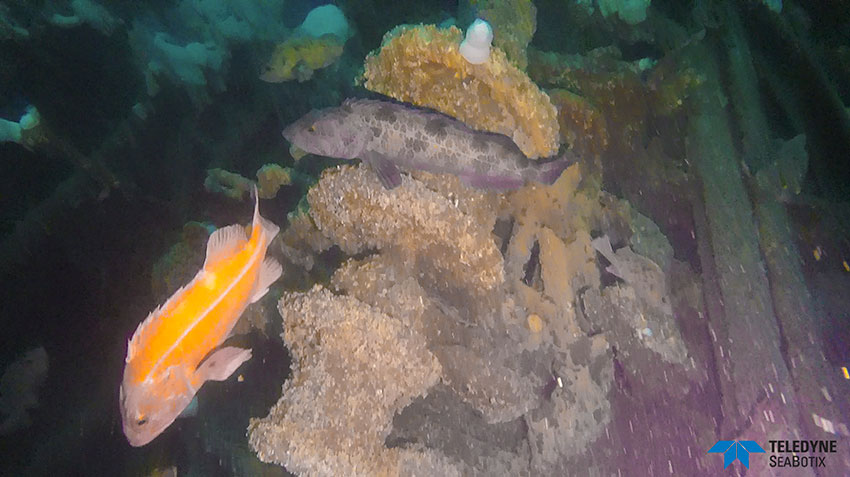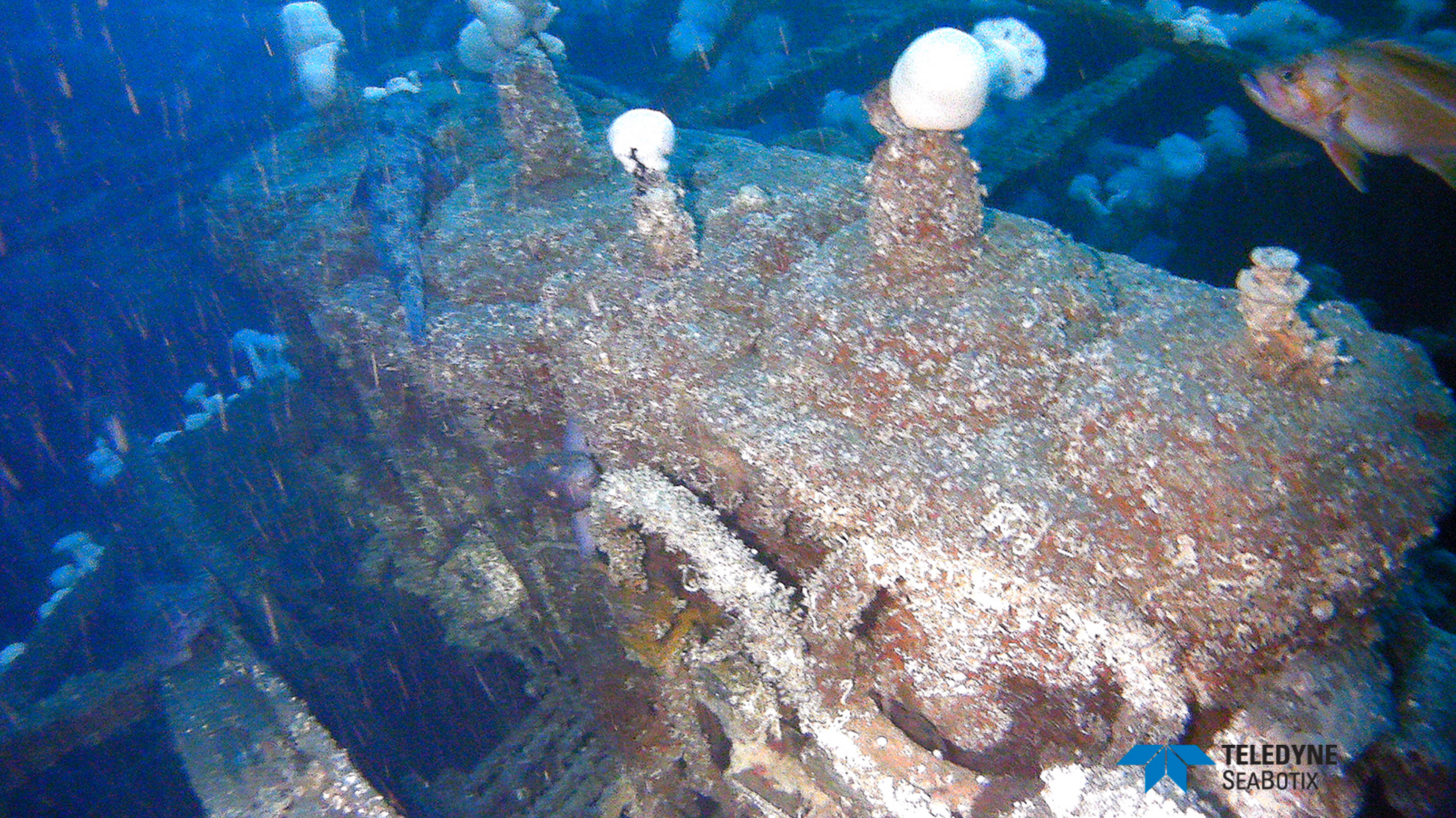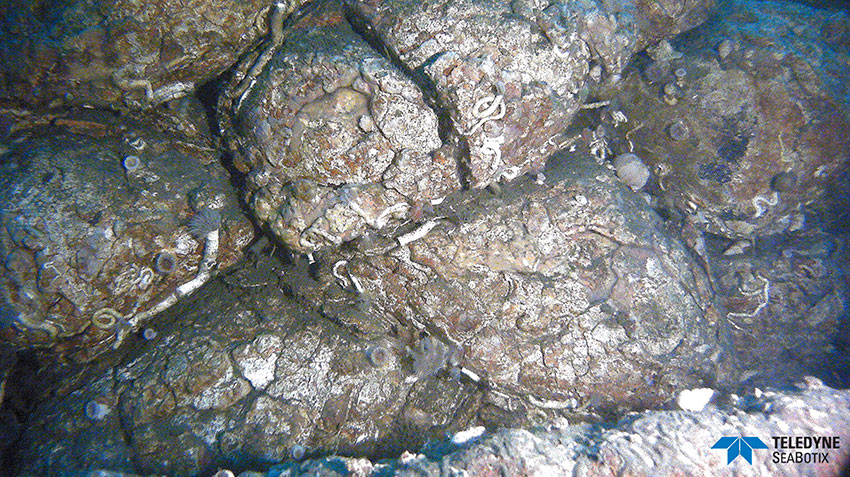95 years ago a former luxury steam yacht sank off the coast of San Francisco and disappeared. We've got pictures.
On March 13, 1920, a gale struck to the north of the San Francisco Lightship station. Heading from San Francisco to Reedsport, Oregon, one vessel -- the 34-year-old Ituna -- was caught in the storm. As the sea raged, Ituna's seams split and the forward hold flooded, plunging the ship bow-first to the bottom of the ocean.
It took only 10 minutes for the ship to sink. Twelve of the 14 crew members escaped, struggling for hours to keep their lifeboat afloat on the harrowing trip to the San Francisco Lightship.
Two crew members, trapped in their bunks, went down with the ship.
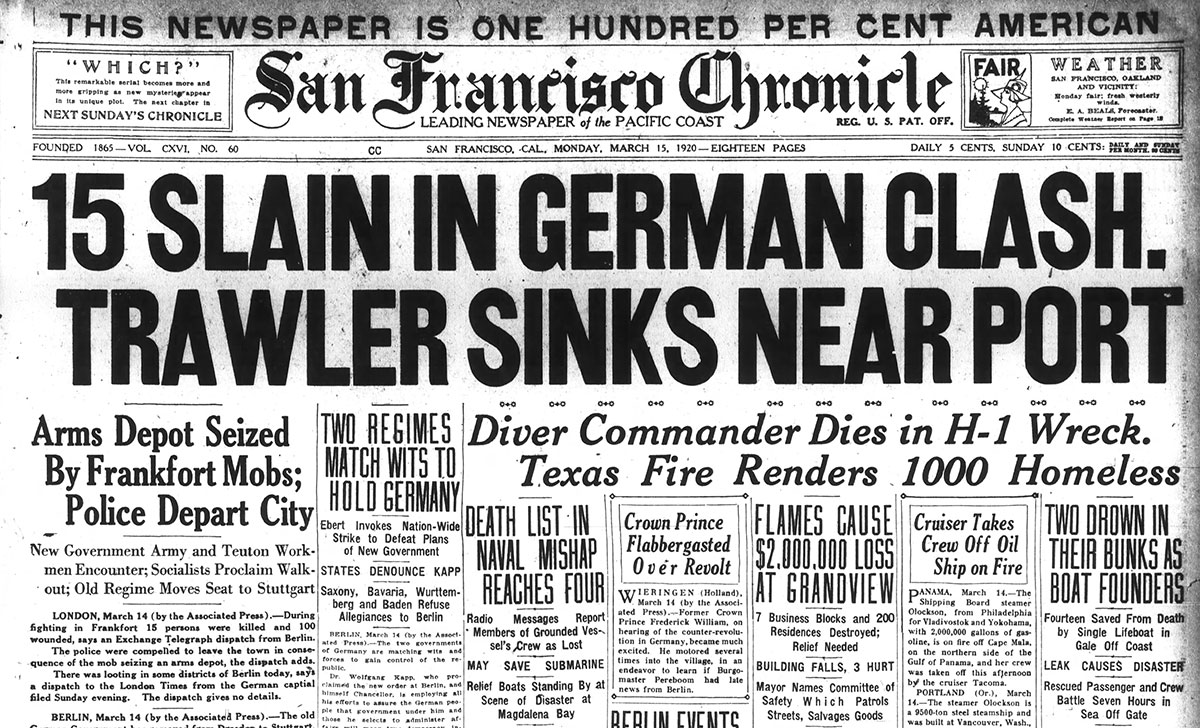
But now, we've brought back the first underwater images of this long-lost shipwreck.
Working in partnership with Teledyne SeaBotix, Inc. and sonar expert Gary Fabian, NOAA's Office of National Marine Sanctuaries Maritime Heritage Program used a remotely operated vehicle and an autonomous underwater vehicle to collect high-definition video footage, still images and side scan sonar data for analysis.
The images include views of the vessel's steel hull, which was designed by famous yacht designer George Lennox Watson; the triple expansion steam engine; and the cargo of machinery that was to be delivered to the Reedsport Fish Company that at the time was valued at $30,000.
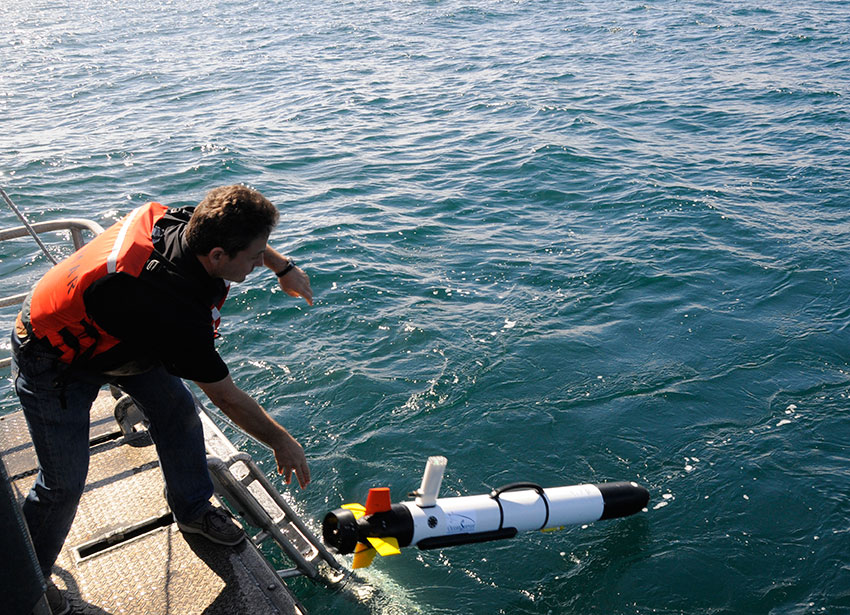
Nearly 400 ships and aircraft wrecks lie on the seafloor of the recently-expanded Greater Farallones National Marine Sanctuary and nearby Golden Gate National Recreation Area, including four never-before-found vessels. Robert Schwemmer, West Coast Regional Maritime Heritage Coordinator, explains that "Ituna's story is an example of the rich maritime legacy that rests beneath the waves of San Francisco Bay."
Schwemmer also notes that mapping and examining these wrecks is a key part of preserving them for future generations. "Through exploration," he says, "we can learn about our past as a seafaring nation and test recent advances in technology that will allow us to better protect these marine resources."
With that in mind, the Maritime Heritage Program is engaged in a two-year study to discover and document these wrecks. So far, we've plotted 20 ships, including the USS Independence and the freighter S.S. Selja.
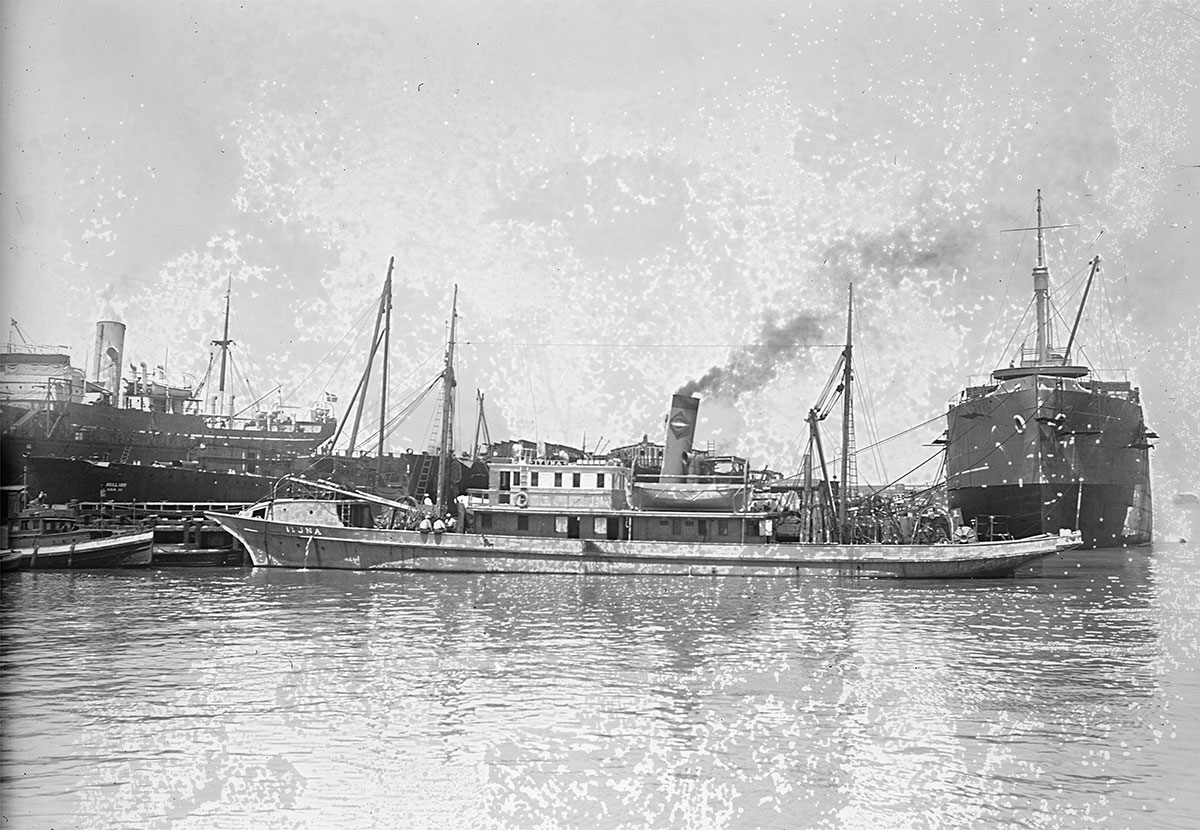
When it sank 95 years ago, Ituna had been serving as one of the largest steam trawlers fishing off California's central coast. It was one of the first commercial fishing vessels to introduce the "otter trawl" to the Pacific coast in 1918.
But it hadn't always been a fishing boat; over its lifespan the boat underwent numerous overhauls.
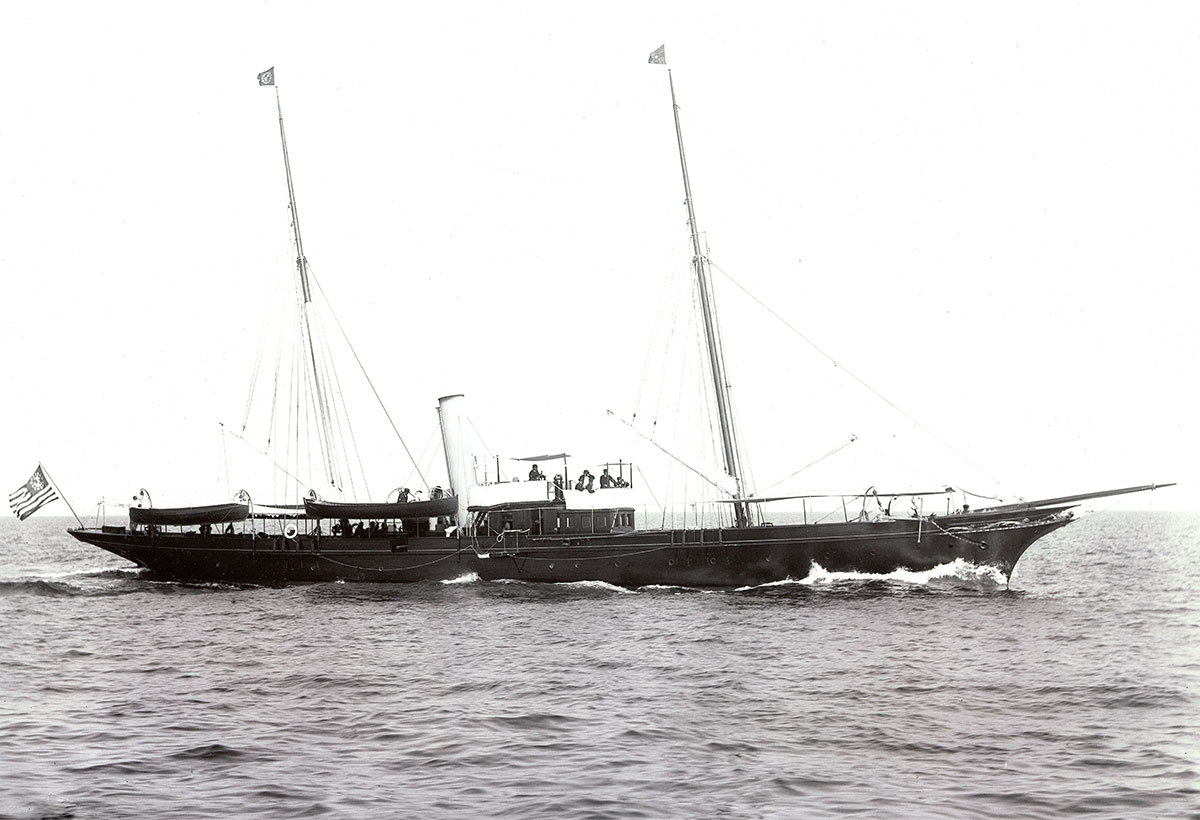
Ituna began its life as a luxury steam yacht, built for John G. Mackie in 1886 by A. & J. Inglis in Glasgow, Scotland. The ship was named for the Latin name of the Solway Firth, the coastline border between England and Scotland.
After changing owners over the years, the vessel was purchased by Allison V. Amour of Chicago, Illinois, a wealthy socialite who was interested in natural sciences. In December 1894, Ituna departed New York for Havana and Mexico on a three-month scientific research expedition. The results of that expedition were published as Archaeological Studies Among the Ancient Cities of Mexico, which was immensely valued by scholars of Mesoamerican anthropology.
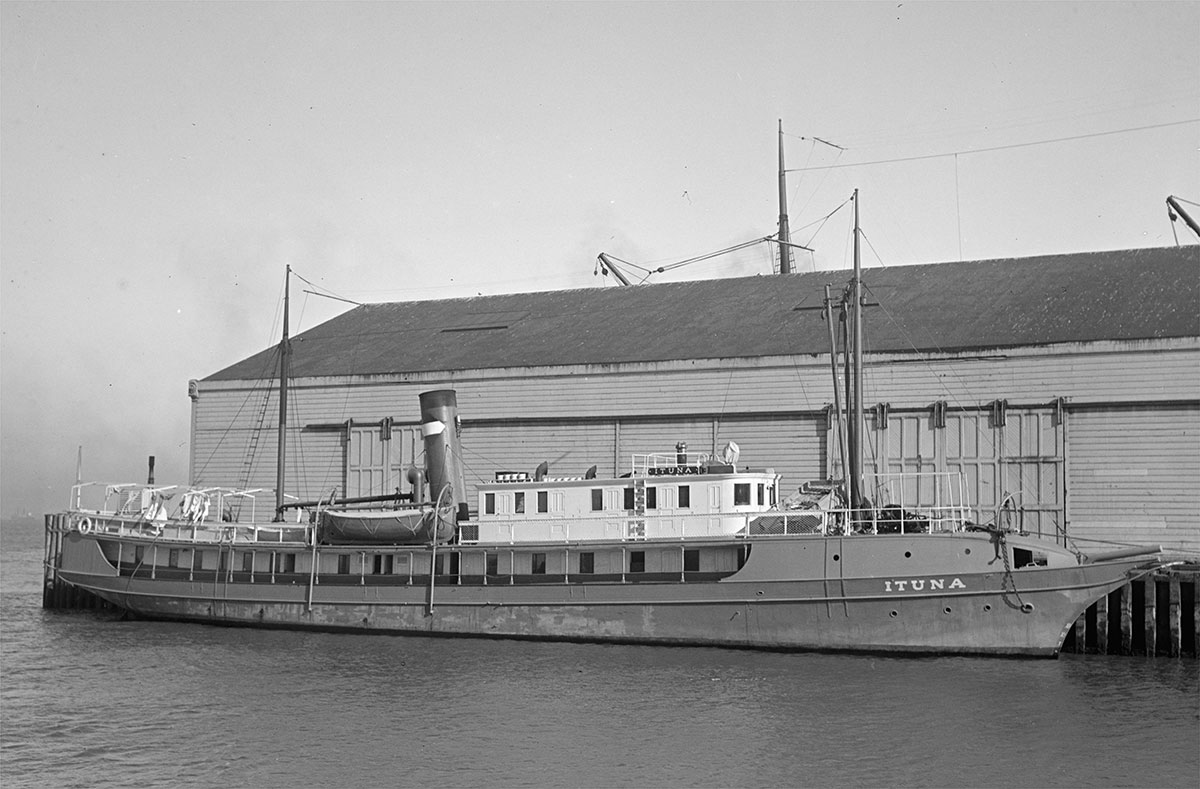
Twenty-two years later, Ituna changed its tune again -- this time transforming into a first-class passenger cargo steamer. The steamship ran between ports along United States West Coast and Mexican ports under the flag of the Mexican Navigation and Commercial Company.
Then, just two years later, Ituna was purchased by the Frank E. Booth Canning Company of San Francisco, where it went through yet another major transformation, this time into a seagoing steam trawler. Ituna functioned as a fishing trawler until March 1920, when its crew found itself trapped in a storm -- and the rest, as they say, is history.


